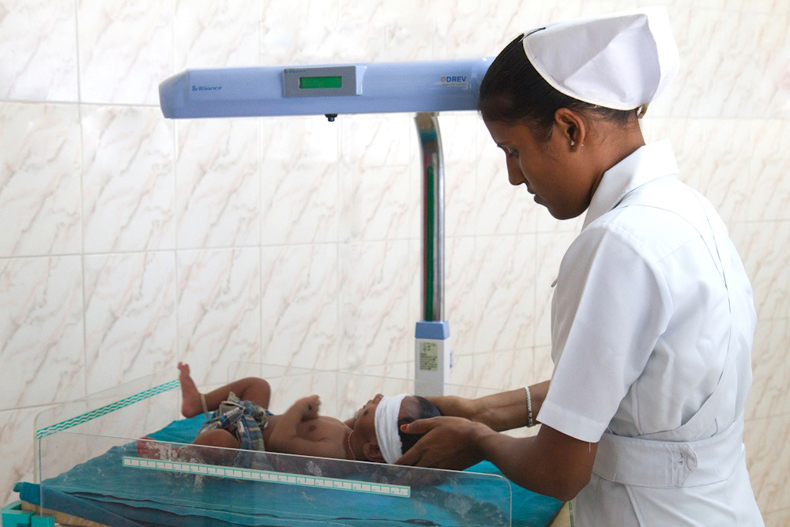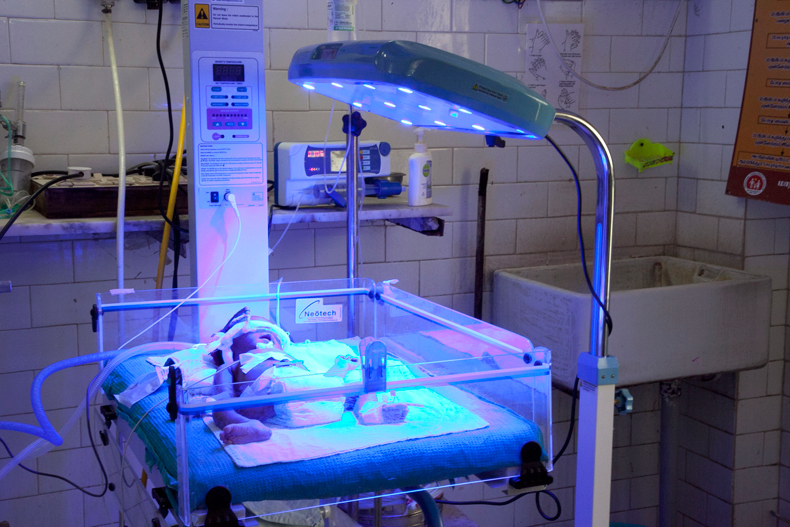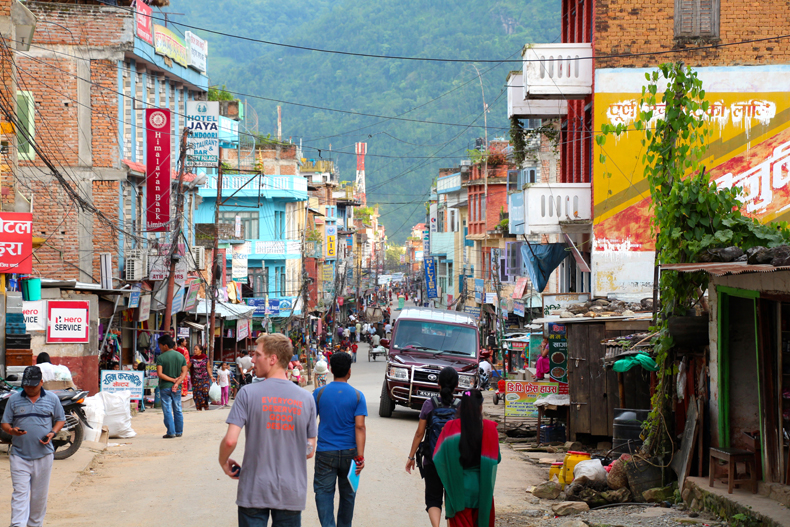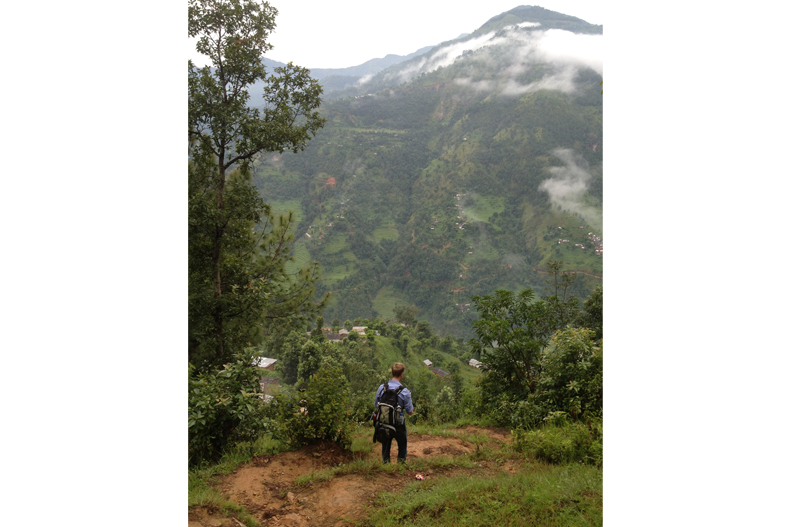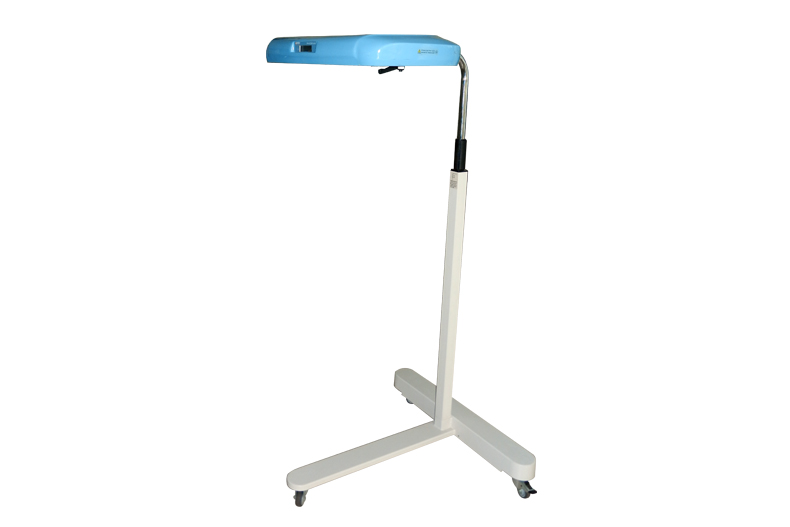Mar 24, 2014 8 Questions With: Garrett Spiegel / D-Rev
Tackling an enormous mission of creating revolutionary design to develop and deliver affordable world-class products to the people who need them most, regardless of their economic means requires tremendous ambition, innovation, revolution, and determination. I met Krista Donaldson, CEO of D-Rev, at TEDWomen 2013 in San Francisco a few months ago, and her company’s story and social impact is remarkably impressive. For example, D-Rev’s ReMotion Knee is a prosthetic knee that mobilizes above-knee amputees, and is worn by over 5,500 amputees in India and parts of Africa, Asia, and Latin America. D-Rev’s products are designed to leverage the market and existing high-performing local partners for broad distribution and scaling.Krista introduced us to Garrett Spiegel, a Product Manager at D-Rev, who has worked on Comet and Brilliance. Brilliance is a high-performance medical device to treat newborns with severe jaundice. We are grateful that Garrett spent time explaining how D-Rev’s unique product development cycle flows, how they tackle roll out challenges, and what it takes to preserve the integrity of their design philosophy.
What is D-Rev?
We’re a product design company that tackles the whole product development process. Specifically, the problems we work on aim to improve health or increase the income for people who live on less than $4 per day.
Tell us a bit about your journey over the last couple of years working on the Brilliance R&D… the needs assessment, concept development, inception, launch, and product/brand development.
When I started at D-Rev as an R&D engineer in March 2012, nearly all of the design work for Brilliance was complete. However neat the project plan is, the product design process is never a straight line – it’s cyclical and requires a whole lot of patience and iteration. There were many design tweaks in the months leading up to product launch in November 2012, resulting in a product that was ultimately easier and less expensive to manufacture than the initial design.
Brilliance is currently in the scaling and distribution phase of the product lifecycle. This phase is more challenging and indistinct, and we’ve worked hard to remember that our products aren’t making an impact until they are installed and in use in our target market. At the core of our design process is the understanding that an elegant design, however informed and beautiful it is, won’t generate meaningful impact without effective education, sales, distribution, and maintenance.
We’re currently gathering feedback from clinicians using Brilliance and from the manufacturing team to inform design tweaks to make the product more effective, usable, affordable, and easy to manufacture. One of our design philosophies is that we are user-obsessed, meaning that the user we’re designing for isn’t just our customer – it includes the folks building, installing, and repairing the device, too. The feedback from this group has informed portions of our redesign nearly as much as the feedback from clinicians and patients’ families.
What are some of the challenges your team faces – e.g. designing for the economic challenge, testing user conditions, cultivating adoption, finding funding?
The biggest challenges we face are in the markets where the distribution infrastructure isn’t fully developed. In these settings, the engineering and product design are the easy part. The real challenges include educating users about the availability of the device and the currently unresolved clinical burden, getting the device to where it needs to go, and then making sure it stays usable.
First, we need to let those markets know that the device exists and is for sale. Second, we need to design systems that get the devices where they need to go – be it a public hospital in a big city in India, or a rural clinic at the base of the Himalayan mountains. Third, the device needs to be usable for the foreseeable future. Often times, finding or developing these distribution networks can require more creativity and innovation than designing the devices themselves.
How would you describe your role (day-to-day and how does it change through the development cycle)?
The day-to-day tasks depend entirely on the product development phase we’re in. The tasks transition as the immediate product phases change. Currently, my tasks include typical R&D engineering tasks, communicating with field partners and then travelling to meet them in person to collect user feedback, and working with our team on market landscaping and distribution analysis. In the coming months, as the product becomes less focused on design and more on scaling, my tasks will likewise shift. The beauty, though, is that because the design process isn’t linear, I’ll always get to do a little bit of everything. We’re already thinking about and working on distribution in the early stages of product design and we’ll never fully stop tweaking and redesigning a product, so engineering tasks will still exist toward the end of the project plan when we’re focused on scaling.
This is also the great part about working on such a multi-talented and incredible, albeit small, team. Yes, there are team members with expertise in specific sections of the design process that will take the lead on certain tasks, but everyone contributes to the different phases of the product plan, no matter their background or role.
Where would you like to help take D-Rev in the near/long-term future?
Our goal is always impact. For our jaundice management program, we have a five year goal of treating over a million babies and a longer-term goal of making kernicterus a worldwide ‘never event’, like it is in the US. Personally, I’m excited to be working with a team, and as part of a broader community of organizations, that’s beginning to prove that market-driven medical devices can and should be affordable. It’s a model I believe can make a large-scale impact on access to quality healthcare.
As a kid, what did you aspire to be?
As a kid, I always wanted to be an athlete, and it really didn’t matter which kind – basketball, baseball, or even an Olympic miler. When I realized that wasn’t reasonable in high school, I started to look for intersections of three different passions – fixing things, creativity, and health. Of course, there are innumerable ways to satisfy any combination of two of those aspirations. At first, I thought I’d be an architect or a biology textbook artist, then maybe a doctor or a device technician. I was always able find a juncture of two of those things, but never all three. Working at D-Rev, in this field of device design that is especially focused on problems with high need, I managed to find a setting and a career that merged all three aspirations.
Where do you personally find inspiration?
What I love about our organizational philosophy is that it all starts with the user. Our inspiration routinely comes from conversations with parents, from clinicians, from manufacturing partners, or from observations of clinical infrastructure, protocols, and systems. This is the fun part. Everything we do is focused first on people, not just technology.
What is your favorite place to travel?
This depends on the day you ask me. For the most part, the places I love travelling have more to do with the people I meet than the things I see or do. Luckily, I haven’t yet found a place where I wasn’t inspired by the people I met. The last trip I took with my teammate, Mike, hiking through rural Nepal, was the most unique of my time at D-Rev so far. The process of sleeping in strangers’ homes, arranged on the spot each day by our local partner, taught me a lot about the graciousness of the Nepalese people. I’m traveling to Malawi with my wife in February – a place that she calls her second home, and that will hopefully become one of my favorite places to travel.
For more great Imprint content, be sure to follow us on Twitter, Instagram, and Facebook!



